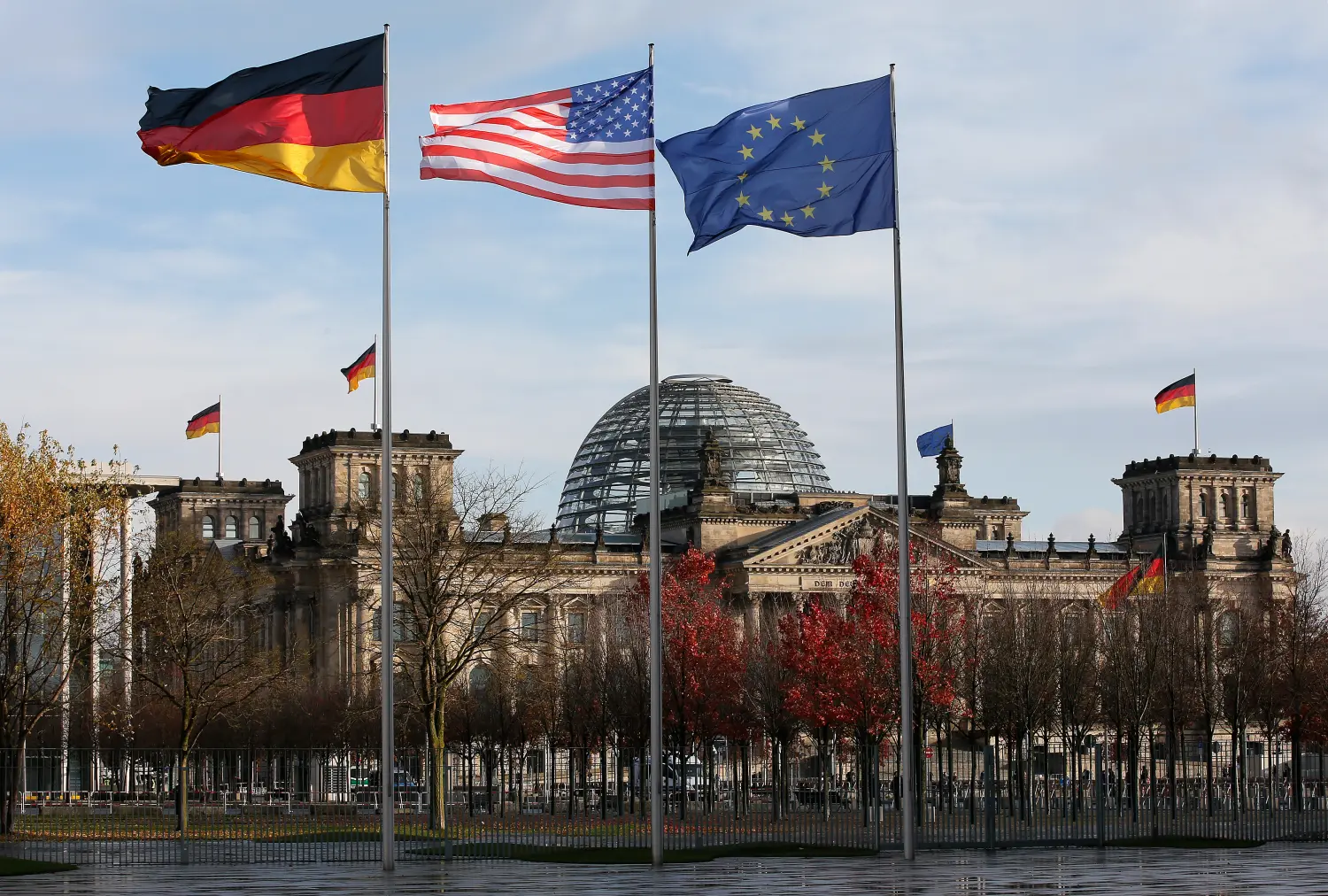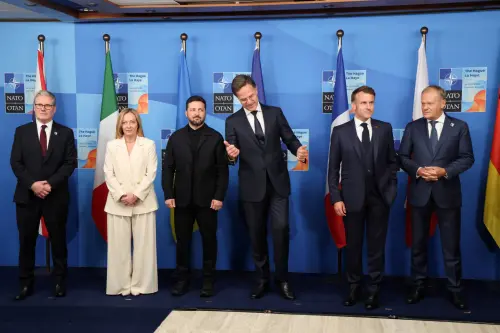On April 9-10 Italian voters will go to the polls to elect their national parliament. It will be a critical election for two reasons. First, if Prime Minister Silvio Berlusconi and his coalition Casa delle Liberta’ get a second mandate, they will attempt to complete their very controversial blueprint for reforming the judiciary, revising the Constitution and implementing major changes in the tax system. Second, the victory of Berlusconi and his coalition will also mean that they will have enough votes to elect the new President of the Republic. The 1999 election of the outgoing President, eighty-six year-old Carlo Azeglio Ciampi was supported by Berlusconi, but since then Ciampi has often clashed with the Centre-Right government. Several important bills approved by the Casa delle Liberta’ have been returned by the President to Parliament as unconstitutional. The President has also tried—to no avail—to influence the drafting of important laws concerning the conflicts of interests between Berlusconi’s business empire and his political role and regulation of the mass media system. While Berlusconi claims to be in accord with the President, the Prime Minister has regularly persisted in the promoting the laws in question with only minor cosmetic adjustments. No doubt, however, that he has resented the not-so-veiled criticisms coming from the Presidency. Hence, the election of the next President will also be a significant event in the Italian electoral season.
View Full Paper (PDF—62kb)
The Brookings Institution is committed to quality, independence, and impact.
We are supported by a diverse array of funders. In line with our values and policies, each Brookings publication represents the sole views of its author(s).



